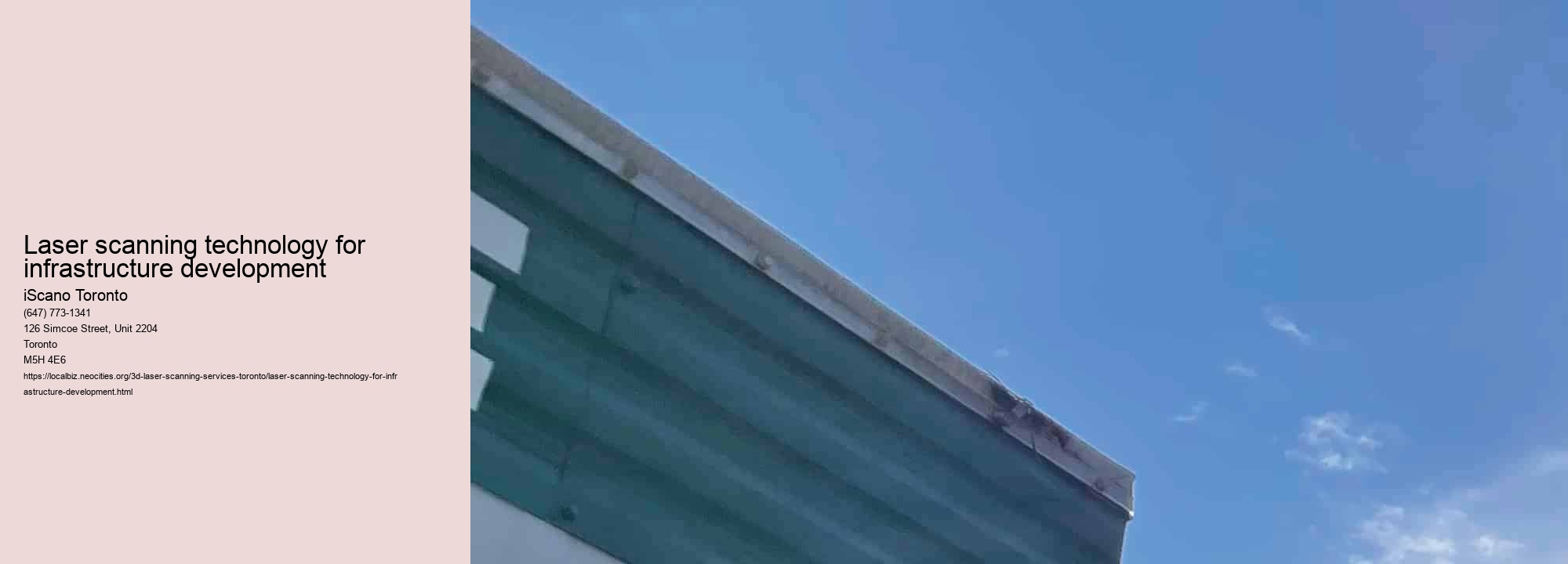Browsing the Future: Just How 3D Laser Scanning Services Are Transforming Industries
3D laser scanning services for construction .Introduction
In the realm of technological improvement, few technologies have been as transformative as 3D laser scanning services. These innovative tools have changed industries by supplying unequaled precision, performance, and convenience. From style to archaeology, from manufacturing to medication, the applications of 3D laser scanning are substantial and constantly broadening. In this write-up, we look into the complexities of this innovation and explore how it is improving the landscape of different markets.
Understanding 3D Laser Scanning
At its core, 3D laser scanning is a non-contact, non-destructive technology that catches the shape, dimension, and details of objects or environments by emitting laser beam of lights. These beam of lights bounce off the surface areas they encounter, and the scanner measures the moment it takes for each light beam to return, thus creating a point cloud—-- a collection of numerous data factors that represent the item'' s geometry in 3 dimensions.
The Benefits of 3D Laser Scanning
Among the key benefits of 3D laser scanning is its unmatched accuracy. Standard techniques of dimension often fall brief in recording complicated geometries or complex details, leading to mistakes and inefficiencies. With 3D laser scanning, nonetheless, also the most detailed surfaces can be caught with precision to the millimeter, guaranteeing that every information is accounted for.
Furthermore, 3D laser scanning is incredibly efficient. Unlike conventional evaluating techniques that can be taxing and labor-intensive, laser scanning permits quick information purchase. A solitary scan can capture millions of information factors in a matter of mins, dramatically lowering the moment and sources required for information collection.
An additional substantial advantage of 3D laser scanning is its non-destructive nature. Unlike physical dimensions or invasive evaluation methods, laser scanning does not require straight contact with the object being scanned, maintaining its stability and lessening the risk of damage.
Applications Throughout Industries
The adaptability of 3D laser scanning has actually resulted in its extensive adoption throughout a myriad of markets. In architecture and construction, for example, laser scanning is used for as-built paperwork, clash discovery, and building information modeling (BIM). By properly capturing existing conditions, architects and engineers can streamline the design process, reduce errors, and minimize expensive rework.
In the production market, 3D laser scanning plays a critical role in quality assurance, reverse design, and rapid prototyping. By precisely recording the dimensions of elements and items, producers can identify defects, optimize production procedures, and bring items to market quicker.
The impact of 3D laser scanning expands past the realm of market and into fields such as archaeology, forensics, and healthcare. Archaeologists make use of laser scanning to develop comprehensive 3D models of historical sites and artefacts, permitting online conservation and evaluation. In forensics, laser scanning is made use of to record criminal activity scenes, gather proof, and rebuild crashes with exceptional accuracy. In healthcare, 3D laser scanning allows custom-made prosthetics, orthotics, and implants customized to the one-of-a-kind makeup of each patient.
Future Patterns and Developments
As technology remains to advancement, the future of 3D laser scanning holds tremendous pledge. One arising pattern is the integration of expert system (AI) and artificial intelligence algorithms right into scanning software program, enabling automated function acknowledgment, information evaluation, and modeling. This combination not just boosts the rate and accuracy of scanning processes yet also opens up new possibilities for data-driven understandings and decision-making.
Additionally, advancements in hardware, such as the growth of handheld and mobile scanning tools, are making 3D laser scanning extra accessible and mobile than ever. These portable and light-weight scanners equip individuals to record information in remote or tough atmospheres, even more expanding the reach of this transformative modern technology.
Conclusion
Finally, 3D laser scanning services are changing markets across the globe, providing unequaled precision, effectiveness, and adaptability. From design to archaeology, from manufacturing to medicine, the applications of 3D laser scanning are endless. As modern technology continues to advance, the future holds even better pledge, with technologies such as AI integration and mobile scanning devices positioned to more increase the capacities of this transformative modern technology. In browsing the future, 3D laser scanning will certainly remain to be at the forefront of technology, reshaping markets and driving development in the years to find.
